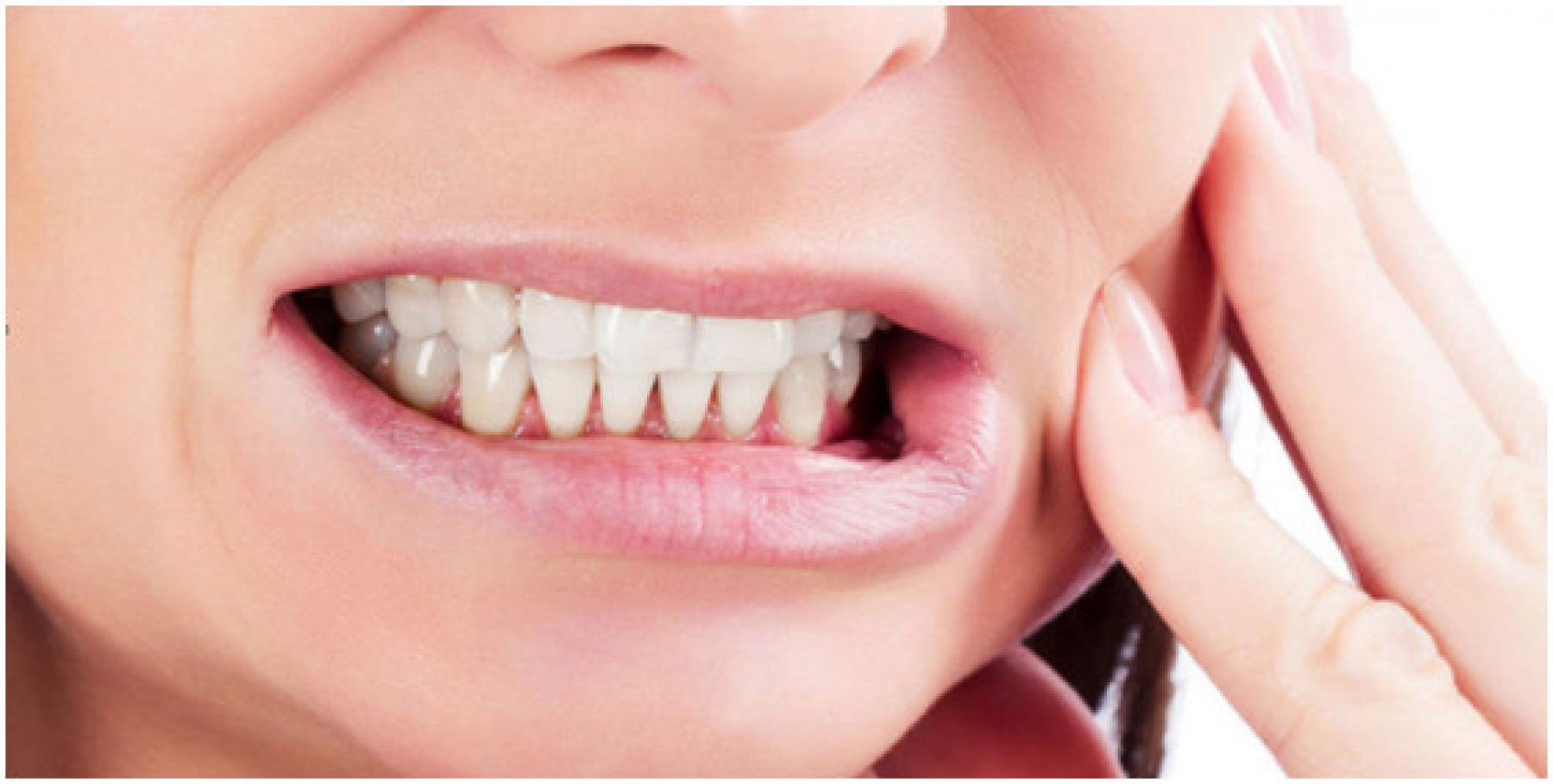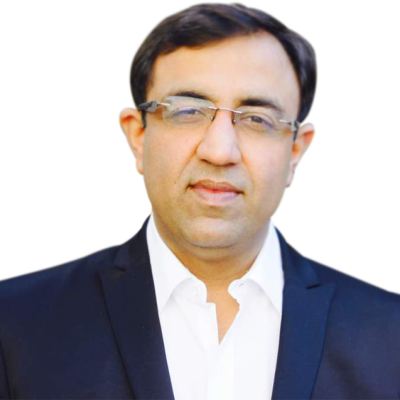Bruxism Treatment in Kirti Nagar, Delhi by Dr (Prof.) Akash Sachdeva, BDS, MDS (Oral & Maxillofacial Surgeon) at M R Dental Centre
Introduction
Do you wake up with jaw pain or a headache? Have your loved ones mentioned that you grind your teeth at night? If this sounds familiar, you might be dealing with bruxism – a condition that affects millions of people worldwide. The good news is that effective help is available right here in Kirti Nagar, Delhi, with Dr. (Prof.) Akash Sachdeva at M R Dental Centre. With his extensive experience and advanced treatment options, you can reclaim your peace and comfort.
Understanding Bruxism
Bruxism is a condition where you involuntarily grind or clench your teeth, often during sleep. Think of it as your jaw’s version of lifting heavy weights while you’re asleep. Over time, this constant pressure can lead to a host of dental and health problems.

Causes of Bruxism
What triggers bruxism? Several factors can contribute to this condition:
- Stress and Anxiety: Just like drumming your fingers on a desk, stress can make you grind your teeth.
- Misaligned Teeth: If your bite isn’t perfect, your jaw muscles might overcompensate.
- Lifestyle Factors: Caffeine, alcohol, and smoking can increase the risk of bruxism.
- Medical Conditions: Sleep apnea and other disorders often go hand-in-hand with bruxism.
Symptoms to Watch For
Bruxism isn’t always easy to spot. Here are some common symptoms:
- Jaw Pain or Stiffness: A sore jaw is often the first clue.
- Headaches: Frequent headaches, especially in the morning, could be a red flag.
- Worn or Chipped Teeth: Your teeth might look shorter or uneven.
- Ear Pain: Bruxism can create referred pain near your ears.
Why Address Bruxism Promptly?
Ignoring bruxism is like letting a leaky faucet drip. Over time, the damage adds up. Untreated bruxism can lead to:
- Severe Tooth Damage: Enamel erosion, cracks, and fractures.
- Temporomandibular Joint (TMJ) Disorders: Persistent pain and difficulty moving your jaw.
- Sleep Disturbances: Poor sleep quality for both you and your partner.
Meet Dr. Akash Sachdeva
Dr. (Prof.) Akash Sachdeva, a highly experienced Oral & Maxillofacial Surgeon, leads the team at M R Dental Centre. With his advanced training and patient-centric approach, Dr. Sachdeva has earned a stellar reputation for treating complex dental conditions like bruxism.
Bruxism Treatment Options
At M R Dental Centre, treatment plans are tailored to each patient’s unique needs. Common approaches include:
1. Custom Mouthguards
Think of these as helmets for your teeth! Worn during sleep, they protect your teeth and relieve jaw tension.
2. Stress Management Techniques
Simple strategies like mindfulness and relaxation exercises can make a world of difference.
3. Orthodontic Corrections
If your bruxism stems from misaligned teeth, braces or aligners can correct the issue.
4. Botox Injections
In severe cases, Botox can relax overactive jaw muscles, reducing clenching and grinding.
Advanced Technology at M R Dental Centre
M R Dental Centre combines cutting-edge technology with compassionate care. Tools like digital imaging and 3D scans help pinpoint the root cause of bruxism, ensuring precise and effective treatment.
Lifestyle Changes to Manage Bruxism
Small adjustments can have a big impact. Try these tips:
- Limit Caffeine and Alcohol: Both can exacerbate bruxism.
- Stick to a Sleep Routine: Consistent sleep patterns improve overall health.
- Practice Relaxation Techniques: Yoga and meditation can reduce stress levels.
Long-Term Benefits of Treatment
Addressing bruxism not only protects your teeth but also improves your overall quality of life. Imagine waking up refreshed, free from pain, and ready to tackle the day – that’s the promise of effective treatment.
FAQs About Bruxism
1. What causes teeth grinding during sleep?
Teeth grinding, or bruxism, is often caused by stress, anxiety, or misaligned teeth. Medical conditions like sleep apnea can also play a role.
2. How do I know if I have bruxism?
Common signs include jaw pain, headaches, worn teeth, and ear pain. A dentist can confirm the diagnosis with an examination.
3. Is bruxism treatment expensive?
The cost varies depending on the treatment plan, but investing in your dental health now can save significant expenses later.
4. Can children have bruxism?
Yes, children can also grind their teeth. The causes may differ and often resolve as they grow older.
5. Is bruxism linked to other health problems?
Yes, bruxism can be associated with sleep apnea, TMJ disorders, and chronic stress.
Conclusion If bruxism is affecting your quality of life, don’t wait to seek help. Dr. (Prof.) Akash Sachdeva and his team at M R Dental Centre in Kirti Nagar are here to guide you every step of the way. With personalized care and advanced treatments, you can protect your teeth and improve your well-being. Reach out today and take the first step toward a healthier smile!


